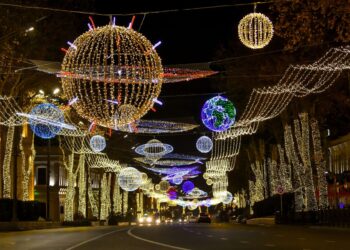New Mac laptop, new programs. I’m just discovering the ones which the Apple ecosystem offers and either aren’t available at all for Windows, or are just much better on a Mac. For example, a version of Stable Diffusion.
Yes, it was just a matter of time until I dove into the potentially addictively fascinating world of “AI making images based on text prompts”. Entirely new images, photographically realistic but able to contain elements or situations or settings which are utterly impossible in the real world as we know it. Given that I both write and make pictures a lot, it was just going to be just a matter of time before I checked it out.
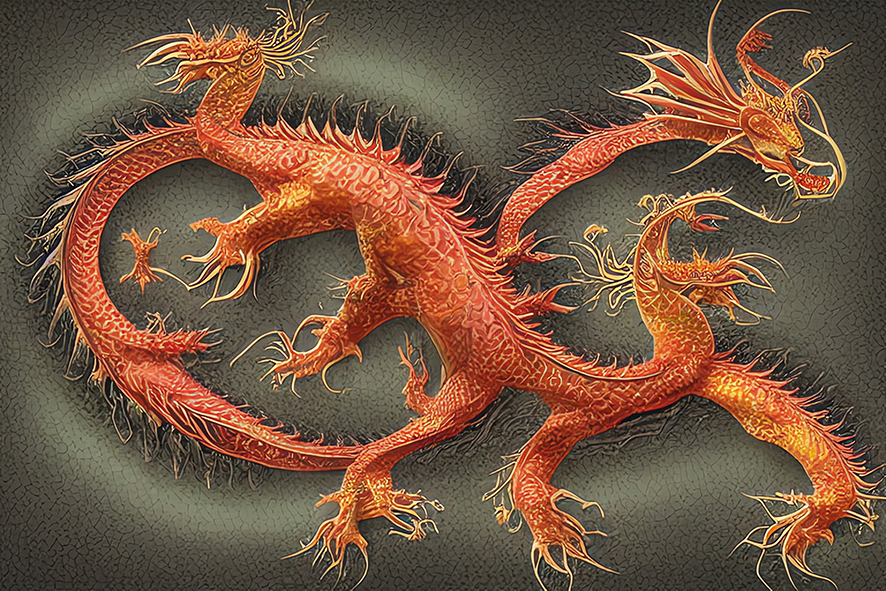
I waited long enough for the programs to get somewhat better and easier to use than their first iterations, these the next evolution from the wild “Deep Dream” programs we were seeing a few years ago, bizarre and cool but quickly superseded. Then I compared the instructions for setting them up on a PC or on a Mac, and realized that the Mac variety is a hundred times easier. Download and run. That’s it. The PC version has myriad steps and you have to follow them very carefully. Yes, it’s all spelled out, but why bother? You can even upload your results to www.ArtHub.ai for perusal, commentary and upvoting by others.
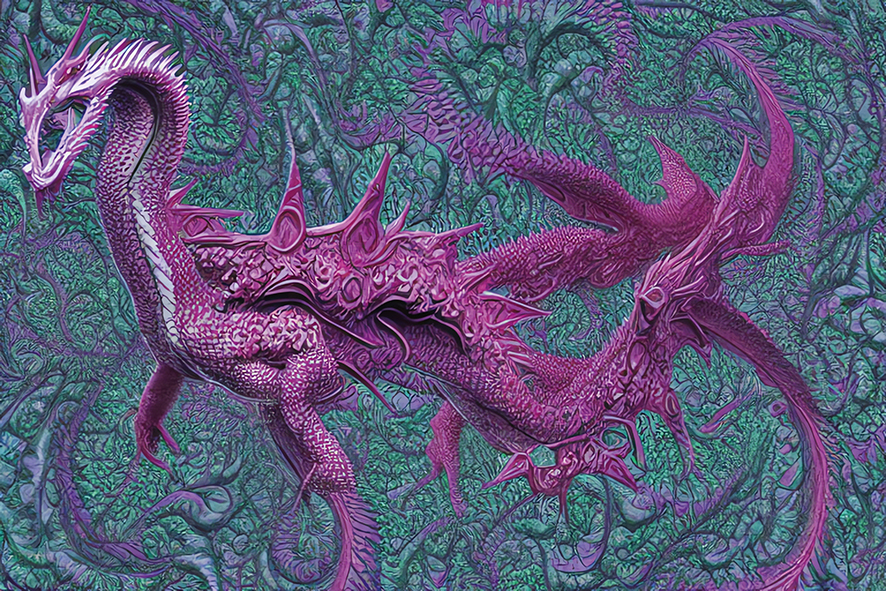
My outputs are all quite small in pixel dimensions, but I upscale them six times in seconds using Gigapixel by Topaz Labs. I type in a few words, and realize that I too am going through a learning process as I see what the Mac renders in a minute or two. I can always render another picture from the same text prompt if I don’t like the first one, and keep going until something promising turns up. With this article are some of my successes, along with the words I used to generate them. A failure or two as well, for comparison: They system isn’t perfect, but it IS “learning” with the input of millions of users all over the world.
My big idea now pulling together the disparate but connected genres of “x generated by AI”, is the world’s first entire FILM made by this method. Storyline, dialog, actors, voices, settings, costumes, lighting, music, direction, all of it. This, too, is just a matter of time. It’ll be made by someone other than me, because I lack too many of the skills, too much of the time, to do it. But it will happen. I predict this year.
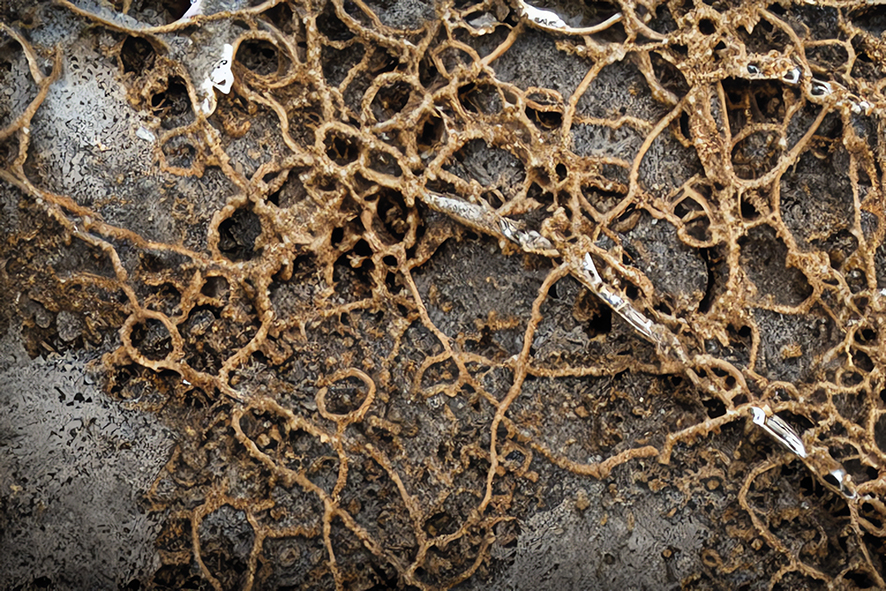
Am I afraid that such forms of visual, textual and auditory art will supersede human-made work? A little, given the sheer quality of these new genres: Photographically realistic images, or ones in the style of any artist you care to name; text and music and voices equally compelling. There will be backlashes, such as legal contentions over copyright or entering art competitions meant for humans with AI-generated art forms. Then I suppose that two or more camps will emerge, or a spectrum: “Purely” human-generated at one end, AI-made at the other, with some fuzzily different steps in between. A new, or newly invigorated, genre might emerge, one of actual photographs of hitherto unimagined things cleverly assembled just to show that they can be made, like comparing CGI in a film to real-world SFX.
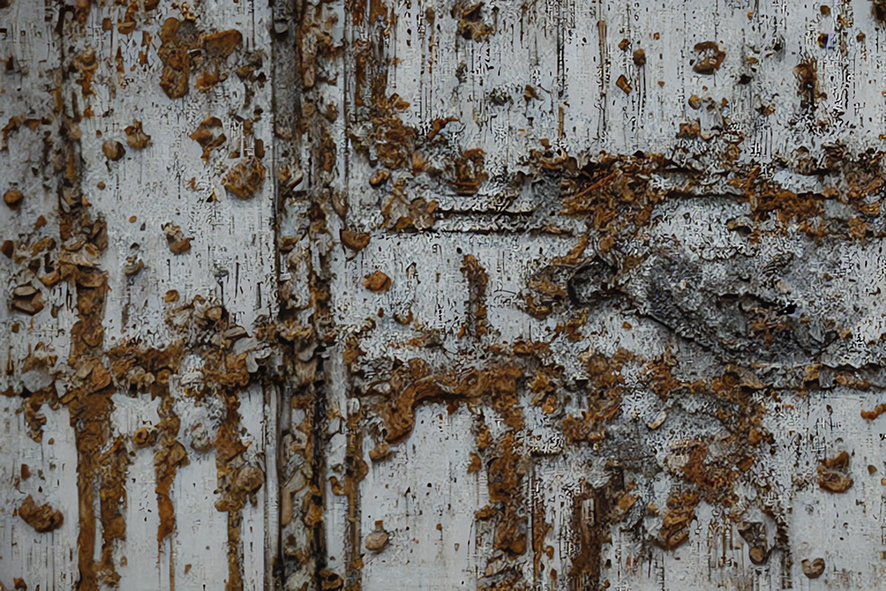
Before long, too, I will likely submit an article to GT which will have been written entirely by AI, in my style. I’ll probably do it without indicating, and then later ask readers if they noticed or can tell the difference once they’ve been told. The accompanying photos, too, might be of this form. Not because I’m lazy: I love this job, and hope to continue writing for GT for years yet. But just to make a point. Be on the lookout, readers.
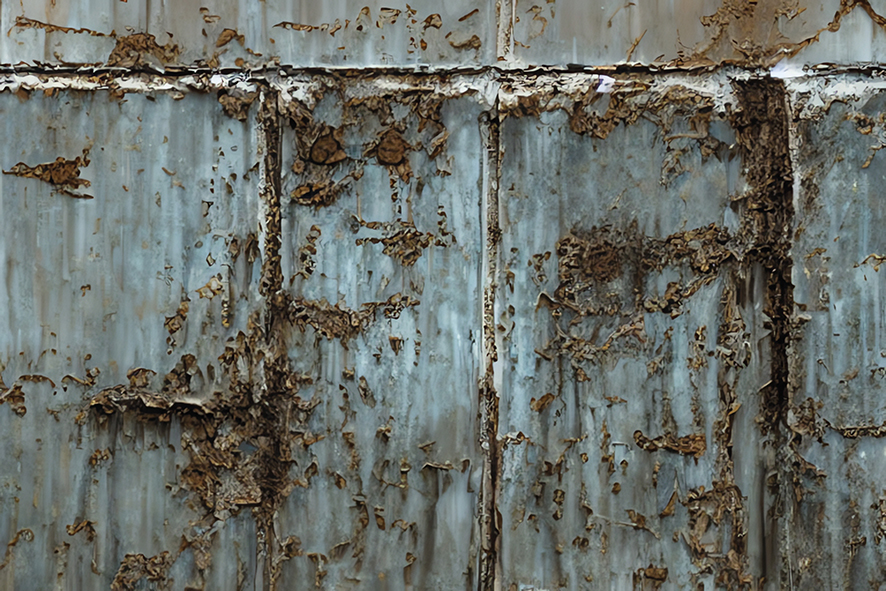
(A week later) Wow. My approach with Stable Diffusion is to give it as little text as possible, down to one word, and just see how it interprets this in images. Some of my favorites have been “fractal dragon” (realizing that almost all images from this prompt will be reworkings of others’ existing painted or otherwise rendered dragons); “rust”; and “corrosion”. I get an image back in less than three minutes each time, and rarely move on without saving the thing, preferring to see where a couple of hundred versions of it will take me as a body of images. Boring, never. How this will impact image-making as business, and writing too, is yet to be worked out. This week’s news included a sermon delivered by a rabbi to his congregation but written by AI…
Blog by Tony Hanmer
Tony Hanmer has lived in Georgia since 1999, in Svaneti since 2007, and been a weekly writer and photographer for GT since early 2011. He runs the “Svaneti Renaissance” Facebook group, now with nearly 2000 members, at www.facebook.com/groups/SvanetiRenaissance/
He and his wife also run their own guest house in Etseri: www.facebook.com/hanmer.house.svaneti



